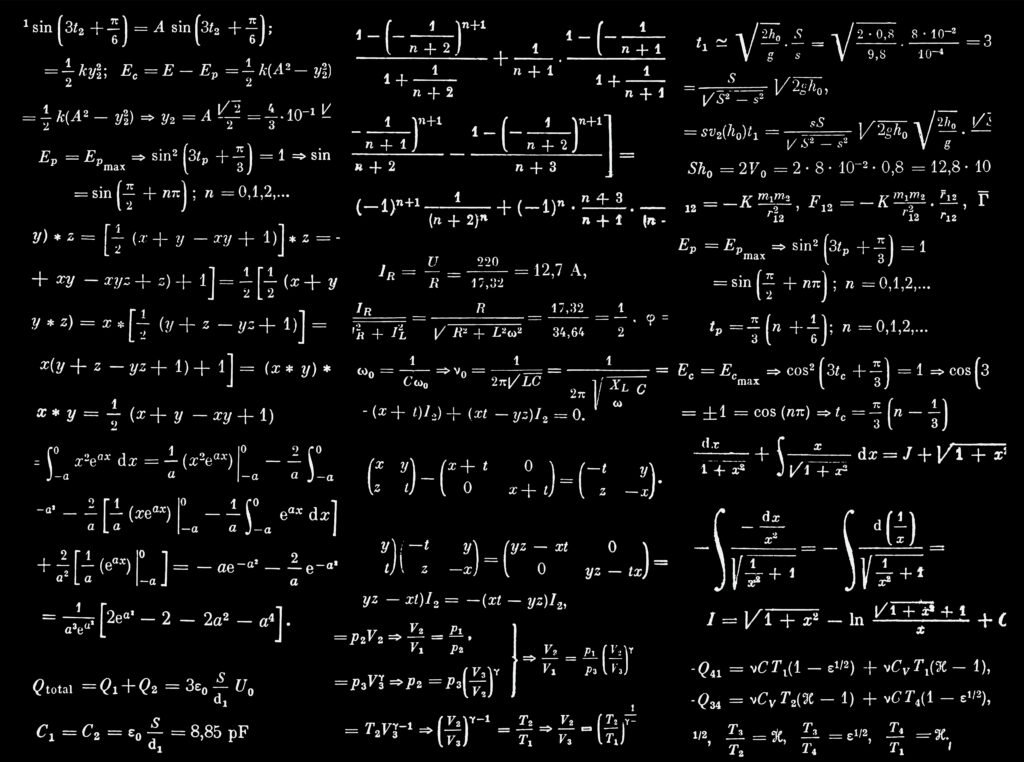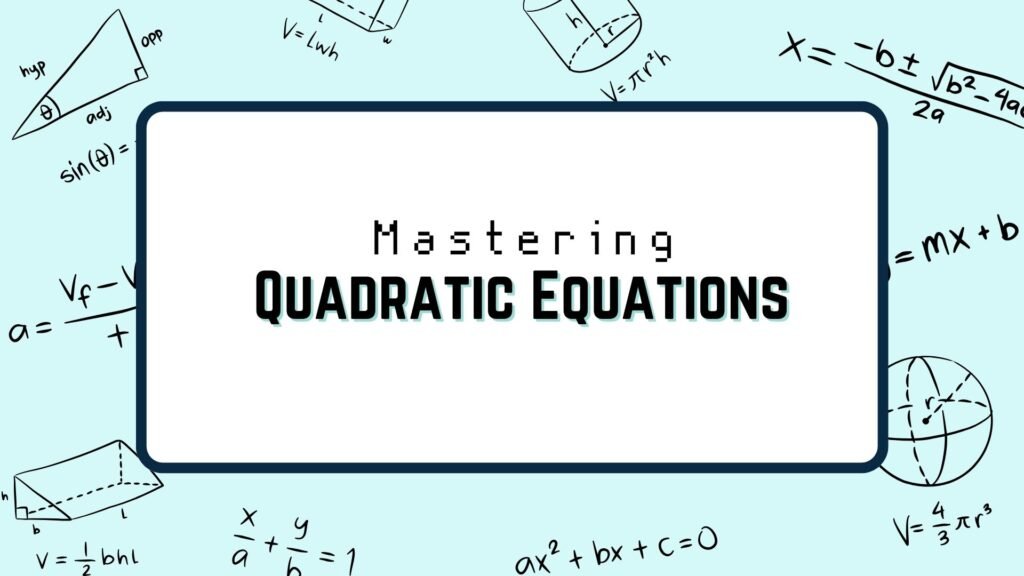Polynomials are a foundational concept in algebra and frequently feature in the SAT Math section. Understanding them well can bolster your SAT score, ensuring you’re not leaving easy points on the table. Let’s dive deep into the world of SAT Math polynomials and unravel strategies to tackle related SAT questions.
Table of Contents
What is a Polynomial?
At its heart, a polynomial is an algebraic expression made up of terms combined by addition or subtraction. Each term comprises variables raised to whole-number exponents and may have coefficients. For instance:
is a polynomial.
Degree of a Polynomial
The degree is a critical concept. It’s the highest exponent in the polynomial. The degree dictates the polynomial’s behavior and is essential for many SAT questions.
- Linear Polynomials (Degree 1): e.g.:
- Quadratic Polynomials (Degree 2): e.g.:
- Cubic Polynomials (Degree 3): e.g.:
and so on.
Tip 1: Recognizing Polynomial Functions
On the SAT, the ability to swiftly recognize the type of polynomial can guide your approach. A quadratic will behave differently from a cubic polynomial. Familiarize yourself with the shapes of different polynomial graphs.
Tip 2: Polynomial Arithmetic
You should be comfortable adding, subtracting, multiplying, and sometimes dividing polynomials.
Example: Add
Solution:
Tip 3: Factoring Polynomials
Factoring is central to many polynomial-related SAT questions. Being proficient here will make a lot of questions quicker to solve.
Example: Factor
Solution:
Tip 4: The Remainder Theorem
When you divide a polynomial P(x) by a divisor of the form (x−k), the remainder is P(k)
Example: What’s the remainder when
is divided (x-1)
Solution: Plug x = 1 into the polynomial
So, the remainder is -2.
Tip 5: Understand Polynomial Roots
The roots or zeros of a polynomial are the x-values that make it equal to zero. For a quadratic polynomial
the roots are found using the quadratic formula. For higher-degree polynomials, it’s often about recognizing factorable patterns or using synthetic division.
Tip 6: The Factor Theorem
This theorem states that for a polynomial P(x), if P(k)=0, then (x−k) is a factor of P(x).
Tip 7: End Behavior of Polynomials
For large positive or negative x-values, the term with the highest degree dominates the polynomial’s behavior. For even-degree polynomials, both ends will head in the same direction. For odd-degree ones, the ends will head in opposite directions. Recognizing this behavior can be a shortcut to some SAT questions.
Tip 8: Synthetic Division
It’s a quicker method than long division when dividing polynomials by linear terms. While not frequently tested on the SAT, it’s a handy tool to know.
Tip 9: Word Problems with Polynomials
The SAT often places polynomials in real-world contexts, like scenarios discussing areas, volumes, or trajectories. Here, setting up the polynomial equation correctly is half the battle.
Tip 10: Complex & Imaginary Roots
Know that if complex numbers are roots of a polynomial with real coefficients, they’ll always come in conjugate pairs. For example, if 2+3i is a root, 2−3i is also a root.
Tip 11: Graphical Insights
Sometimes, a visual perspective helps:
- The x-intercepts correspond to the polynomial’s roots.
- The y-intercept is the constant term of the polynomial.
- Use the leading coefficient and degree to determine the end behavior of the polynomial.
Practice, Practice, Practice
Like all SAT topics, practice is key. The more you work with polynomials, the more comfortable you’ll become, and the quicker you’ll solve related problems on test day.
Conclusion:
Polynomials might seem like a vast topic—and they are. But they’re also predictable. The SAT tends to focus on a specific subset of polynomial knowledge. Master the above tips, practice regularly, and you’ll find polynomial questions to be a welcome sight on your SAT test, helping you inch closer to that perfect 800 in the Math section.




